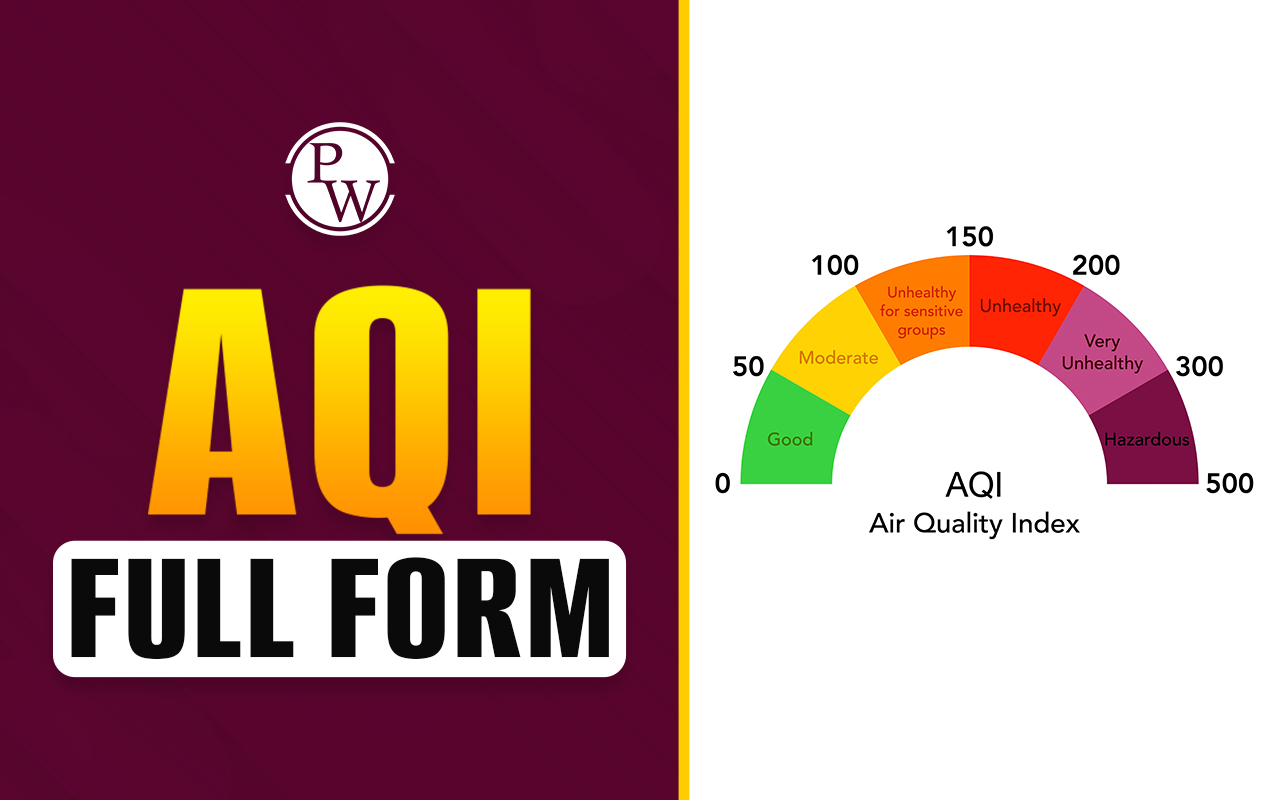
The full form of TPDS stands for Targeted Public Distribution System.
What is a Targeted Public Distribution System (TPDS)?
A targeted Public Distribution System (TPDS) is a food security system designed to ensure access to subsidised food to the vulnerable sections of society. It operates through a network of fair price shops, which are government-run outlets that distribute essential food items, such as wheat, rice, and sugar, at below-market prices to eligible households.
Moreover, the households are identified based on socioeconomic and demographic criteria. Such as poverty, gender, age, and occupation, and are given a ration card, which acts as proof of eligibility for availing the benefits of TPDS.
Furthermore, the government takes responsibility for the procurement, storage, transportation, and distribution of food grains through TPDS. The system also aims to ensure transparency, accountability, and effective delivery of food grains to the intended beneficiaries. Also, the government regularly reviews and updates the list of eligible households to ensure that the benefits reach those in need.
Additionally, TPDS operates with the cooperation of state governments and civil society organisations. So they can effectively implement the program and reach the targeted beneficiaries. However, the fair price shops are monitored and managed by state-level agencies.
In addition, TPDS also contributes to the stability of food prices and ensures that essential food items are accessible to everyone, regardless of their financial status. Moreover, the program also generates employment opportunities and strengthens the local economy by involving small-scale retailers in the distribution process.
Overall, TPDS plays a crucial role in addressing food insecurity and ensuring food security for the most vulnerable sections of society. Providing access to subsidised food contributes to the overall well-being and prosperity of the nation.
History of TPDS
The TPDS has a long history of providing food security to vulnerable sections of society in India. However, it was first introduced in 1997 as a targeted food security program. Which aimed at providing access to subsidised food to the poor.
Initially, the TPDS was limited to a few states in India and covered only a small number of essential food items. However, over the years, the program has expanded to cover the entire country. Also has expanded to include a wider range of food items, such as pulses, edible oils, and iodised salt.
Moreover, in the early 2000s, the government introduced several reforms to the TPDS to improve its efficiency and effectiveness. This included the introduction of computerisation and digitisation of the public distribution system. Which helped to reduce leakages and improve the delivery of food grains to the intended beneficiaries.
Furthermore, in 2013, the government introduced a major reform to the TPDS. which involved the implementation of the National Food Security Act. This act aimed to provide food security to a larger section of the population and expanded the coverage of the TPDS to include over 80% of the rural population and 50% of the urban population.
Additionally, in recent years, the government has continued to implement various reforms to improve its efficiency and effectiveness.
However, this includes the use of technology, such as Aadhaar-enabled point of sale (PoS) devices and mobile apps. So they can monitor and track the distribution of food grains and ensure that the benefits reach the intended beneficiaries.
Importance of TPDS
The TPDS plays a crucial role in ensuring food security and addressing hunger and malnutrition in India. Here are some of the key ways in which TPDS is important:
- Providing access to subsidised food: TPDS provides access to essential food items, such as wheat, rice, sugar, and pulses, at below-market prices to the vulnerable sections of society. This helps to ensure that everyone has access to adequate food, regardless of their financial status.
- Addressing food insecurity: TPDS addresses food insecurity by providing a safety net for the poor and the most vulnerable sections of society. It helps to ensure that they have access to enough food to meet their basic needs.
- Improving nutrition: By providing access to subsidised food, TPDS helps to improve the nutrition of the vulnerable sections of society. This is especially important for women and children, who are most at risk of malnutrition.
- Generating employment: TPDS generates employment opportunities by involving small-scale retailers in the distribution process. This helps to strengthen the local economy and provides a source of income for many families.
- Reducing poverty: By providing access to food at below-market prices, TPDS helps to reduce poverty by reducing the burden of food expenses on the poor.
[wp-faq-schema title=" Full Form of TPDS FAQs" accordion=1]
Q1. How does TPDS ensure food security?
Q2. What is the purpose of TPDS?
Q3. Who are the beneficiaries of TPDS?










